
So I Started a Homestead
All right all right all right, this is a post I’ve been meaning to do for a while.
For nine years, I lived in Los Angeles, renting a room in San Fernando Valley and hustling in Hollywood.
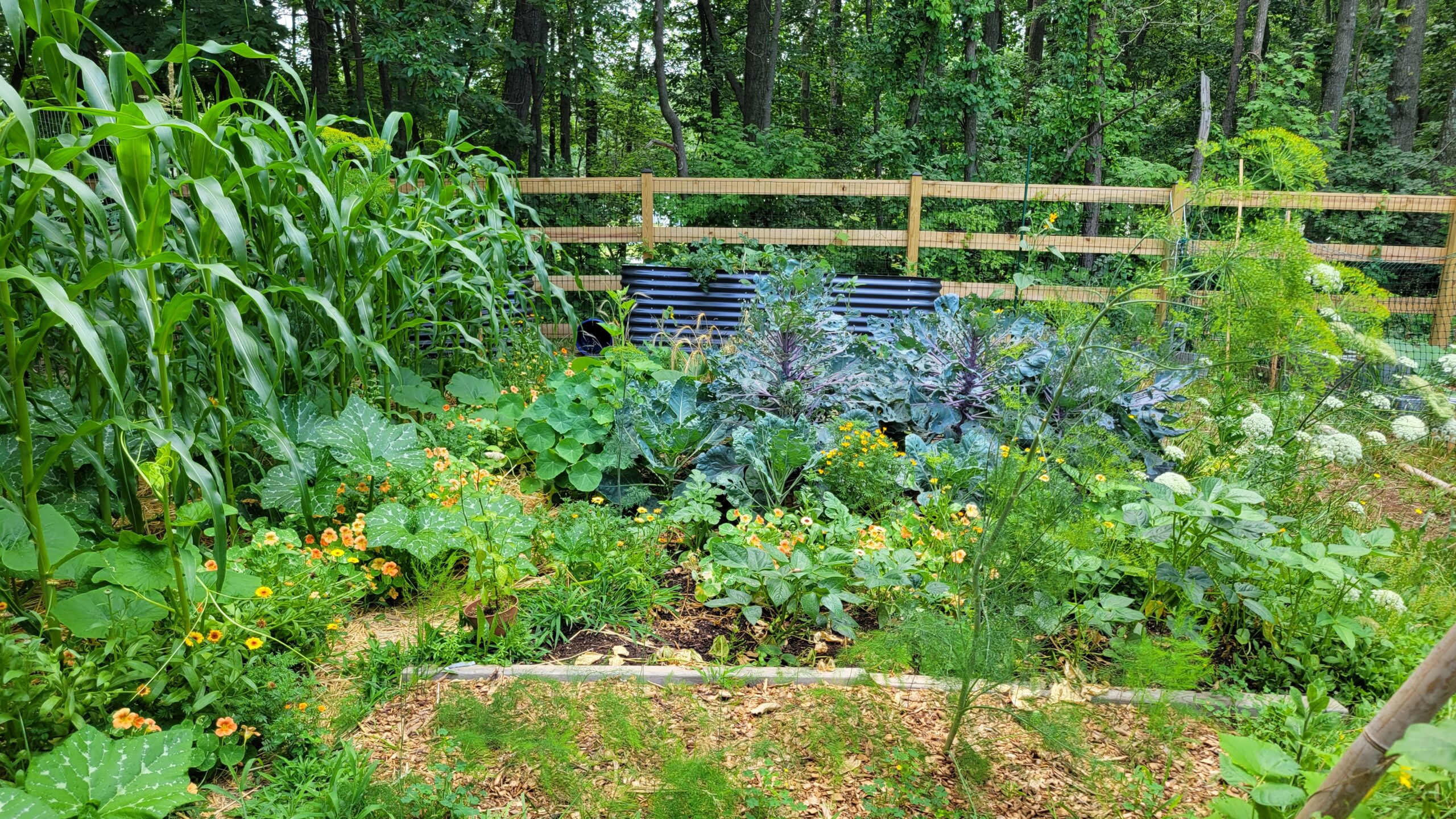
Now I live on the coastal plains of Maryland. I’m back in my childhood home managing a small wooded property, a garden, two dogs, two cats, and six chickens. My friends know all the details, but I never really talked about it publicly, and I figure now’s a good time to share what’s been going on the last few years.
Leaving Los Angeles
So, what happened?
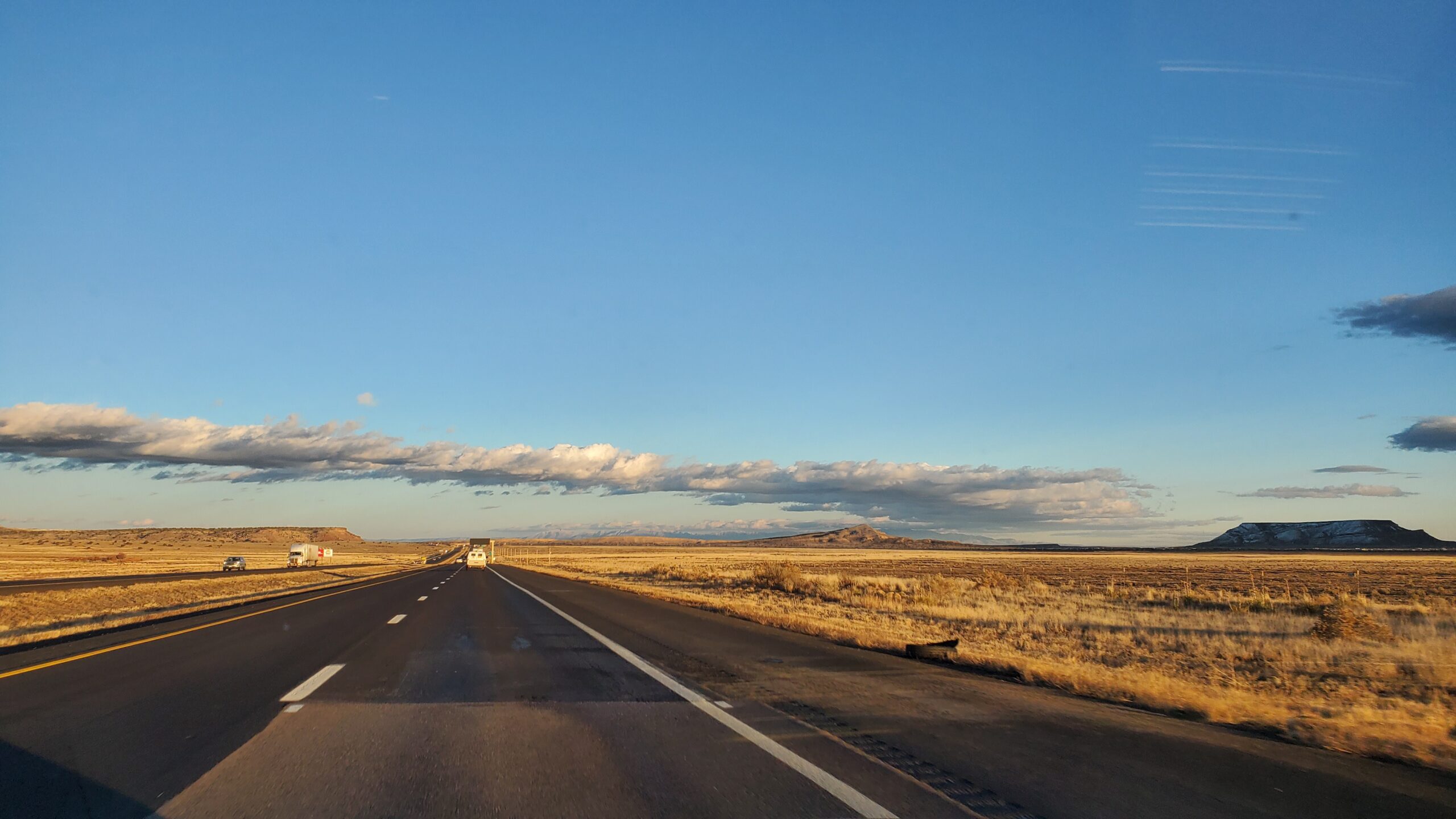
In 2018, I had no plan of leaving LA. I’d been there since 2012, slowly building a life and a career. It was hard but I’d had some pretty notable successes. More than that, I was happy. A lot of people find out you lived in LA and they’re eager to commiserate with you about what a terrible place it is. I loved LA, still do. I loved the environment and I loved my industry: animation. I finally seemed to be making a comfortable living as an artist and I was ready to dig in for the long haul.
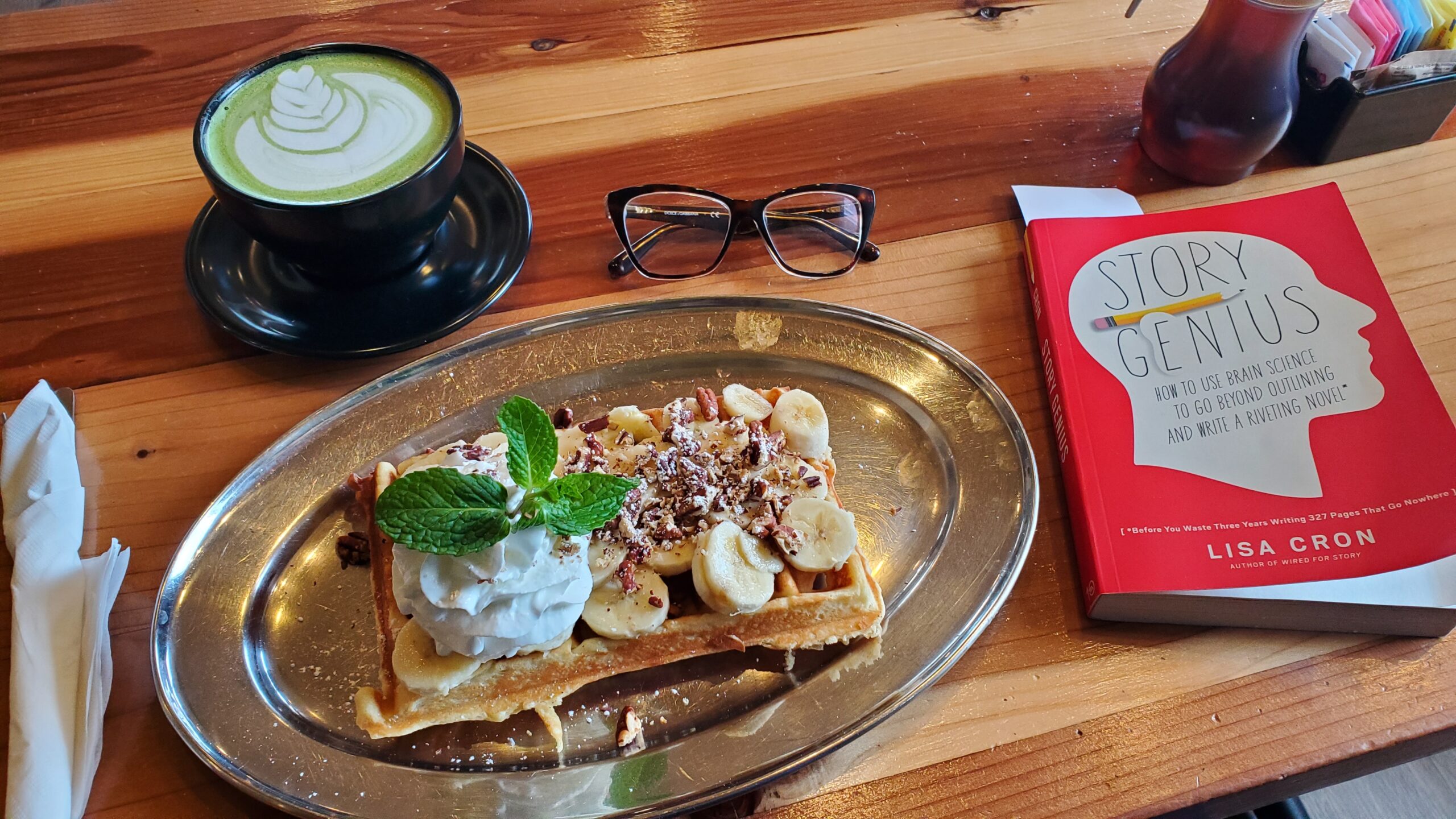
I always tell people that I had a lot of reasons for leaving, and that’s true. There wasn’t a single catalyst, but the ultimate decision came at the end of a series of events. The summary is that: I could no longer support myself in LA. Looking ahead to the future, I had no full-time animation work and no prospects, and without job security, I couldn’t afford the rising costs of the region.
Oh, and my father was dying.
At the end of 2019, I made the decision to leave. By the time I made the long drive back to Maryland in February 2020, the whispers of a coming pandemic were growing into a roar. By the time I moved into my apartment later that month, the world was heading towards shutdown. When my father died two weeks later, we watched his funeral at the nearby military cemetery from the parking lot. We were not allowed out of our cars.
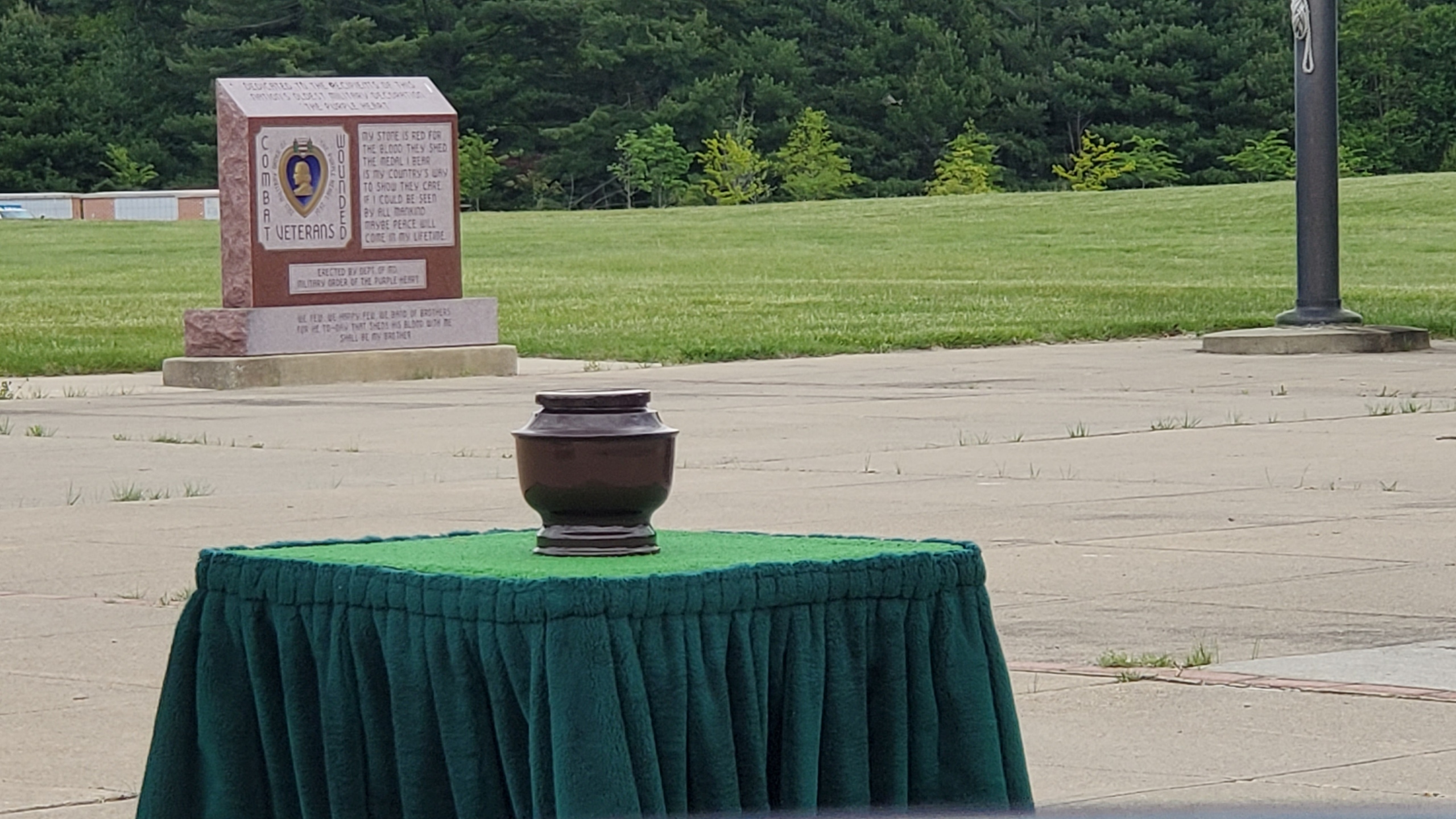
Funny enough, I actually moved ahead of schedule. I had been planning to leave in March. Had I waited, I don’t think I’d have made it out. I certainly wouldn’t have been there to help my mother in the aftermath of my father’s death. Suddenly I was back in a town I hadn’t lived in since I was in college (not art school, my first college), living an hour from my family, no friends (I left them all back in LA), alone in an empty apartment, unable to communicate with the outside world. I did what everyone else in my situation did: I went down rabbit holes.
Pandemic Hobbies
So how deep did I get into this homesteading thing? I’m “Master Gardener trained by my state university extension program” deep. I’m “chicken coop with five hens and a rooster in the backyard” deep. I’m “sourdough starter in the fridge and just baked a loaf over the weekend” deep. I’m “paying member of The Livestock Conservancy” deep. I’m “know the difference between water bathing and pressure canning” deep.
Look, it was the pandemic and we all needed something to do.
I was determined that I wasn’t going to bake sourdough. That quickly became the it thing. In any case, the decision had been made for me: you couldn’t get flour or yeast in the stores. You could get biscuit flour, however. No one was making biscuits. I eased into pandemic hobbies with buttermilk biscuit making.
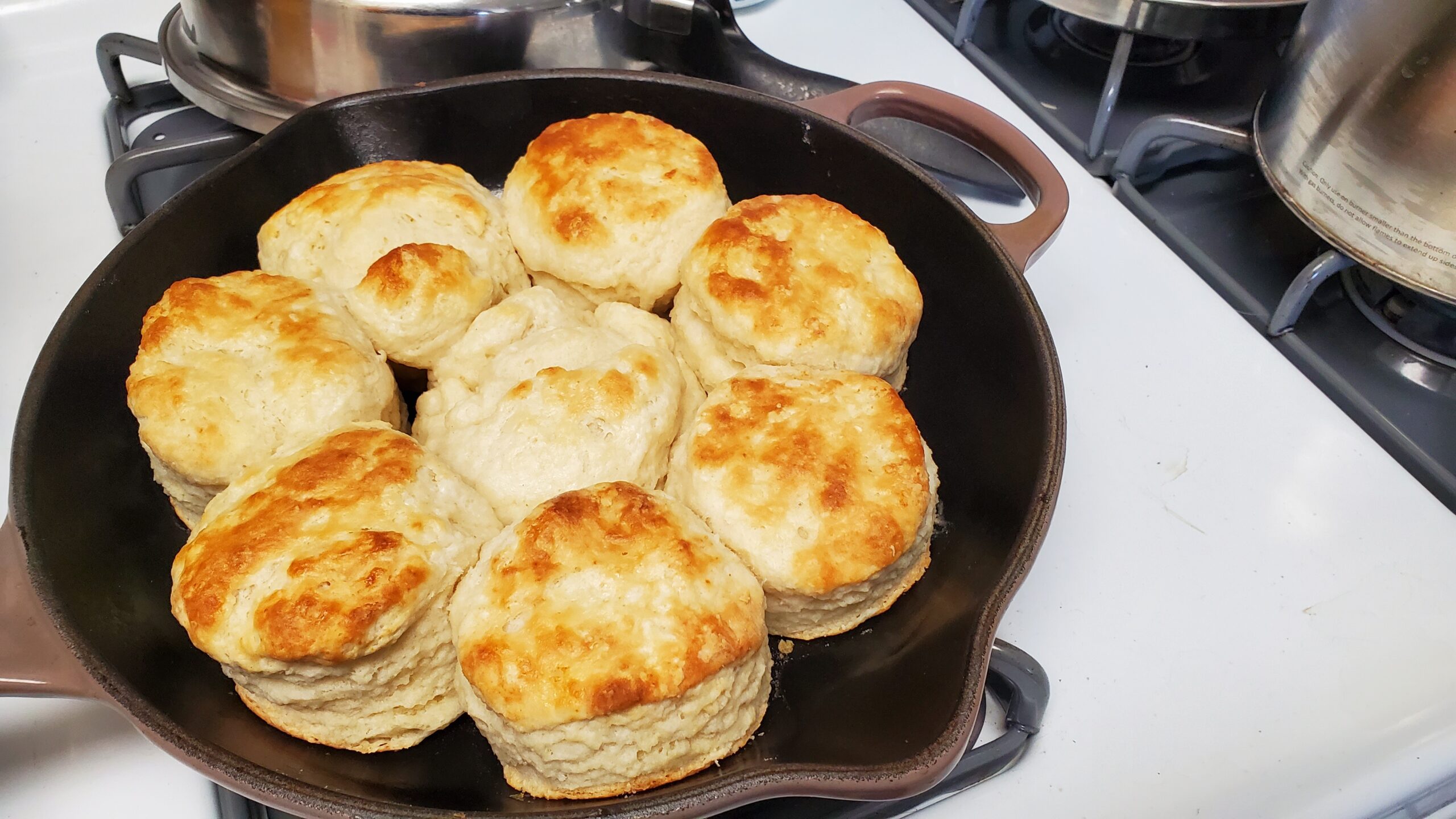
Then I got into canning. I joined a local CSA (community-supported agriculture) program so I wouldn’t have to go to the grocery store for produce. I needed something to do with the rhubarb in my orders, so I made jam. I liked visiting the farm that ran the CSA. The woman was a real salt-of-the-earth type, I thought. The farm was on a country lane not too far from my apartment and had cats, dogs, chickens, ducks, goats, even cows. The farmer practiced permaculture, which I hadn’t really heard of before.
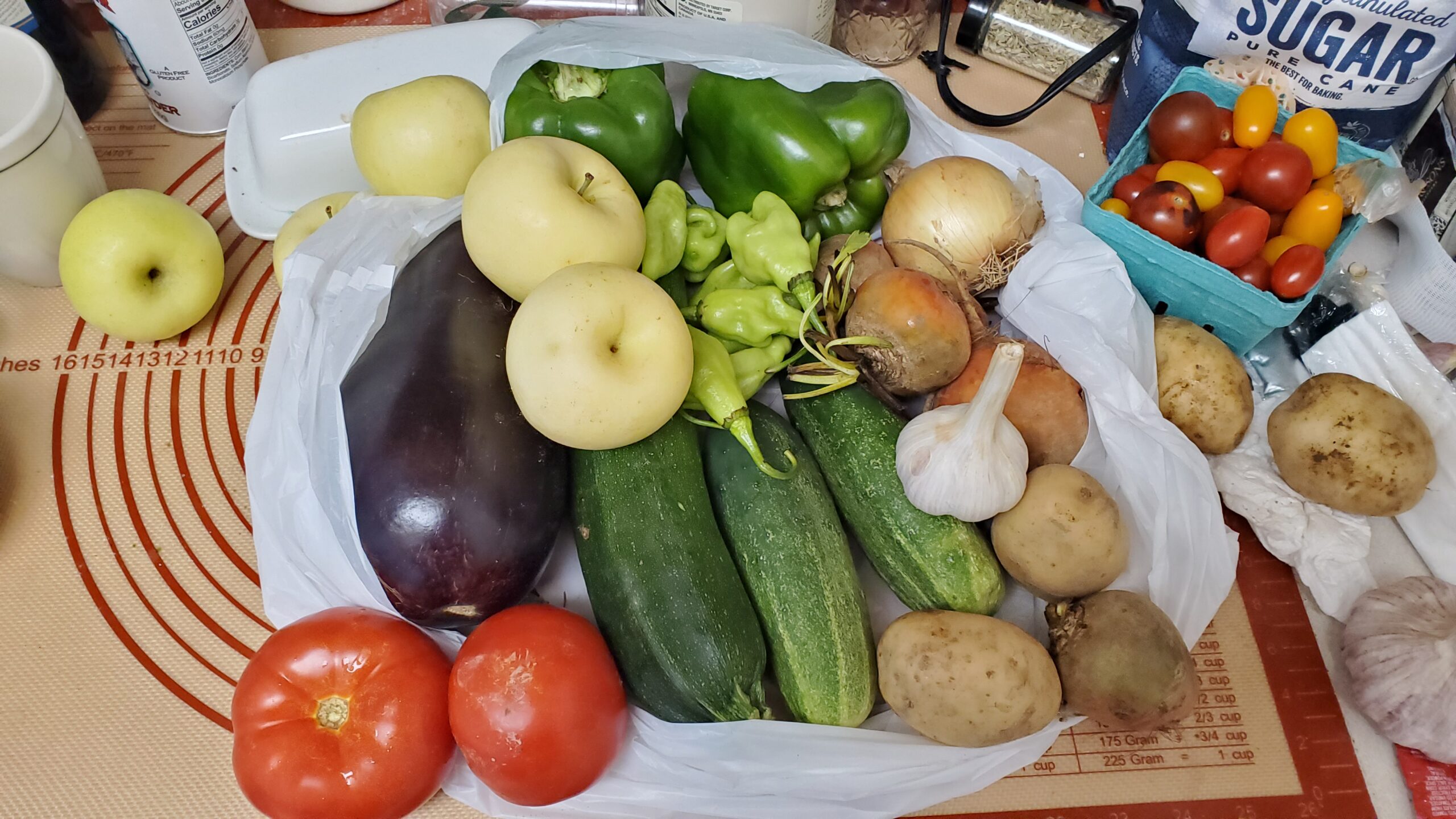
Minimizing my exposure with the outside world meant I was cooking a lot. I made the same things over and over, learning from mistakes, learning about the science of cooking and baking. Back in LA I grew basil, rosemary, and lavender on our back patio. I had a very nice balcony attached to my fourth floor apartment and decided to resume growing herbs. I’d brought my old rosemary bush from LA, but Maryland’s humidity took it out. The nice thing about herbs, though, is they’re pretty cheap.
So I spent months and months perfecting the art of being a shut-in. By the end of summer, I was beginning to think this wasn’t healthy. I needed to go outside more, but I was so unmotivated!
Clearly, I needed a dog. Pandemic rules!
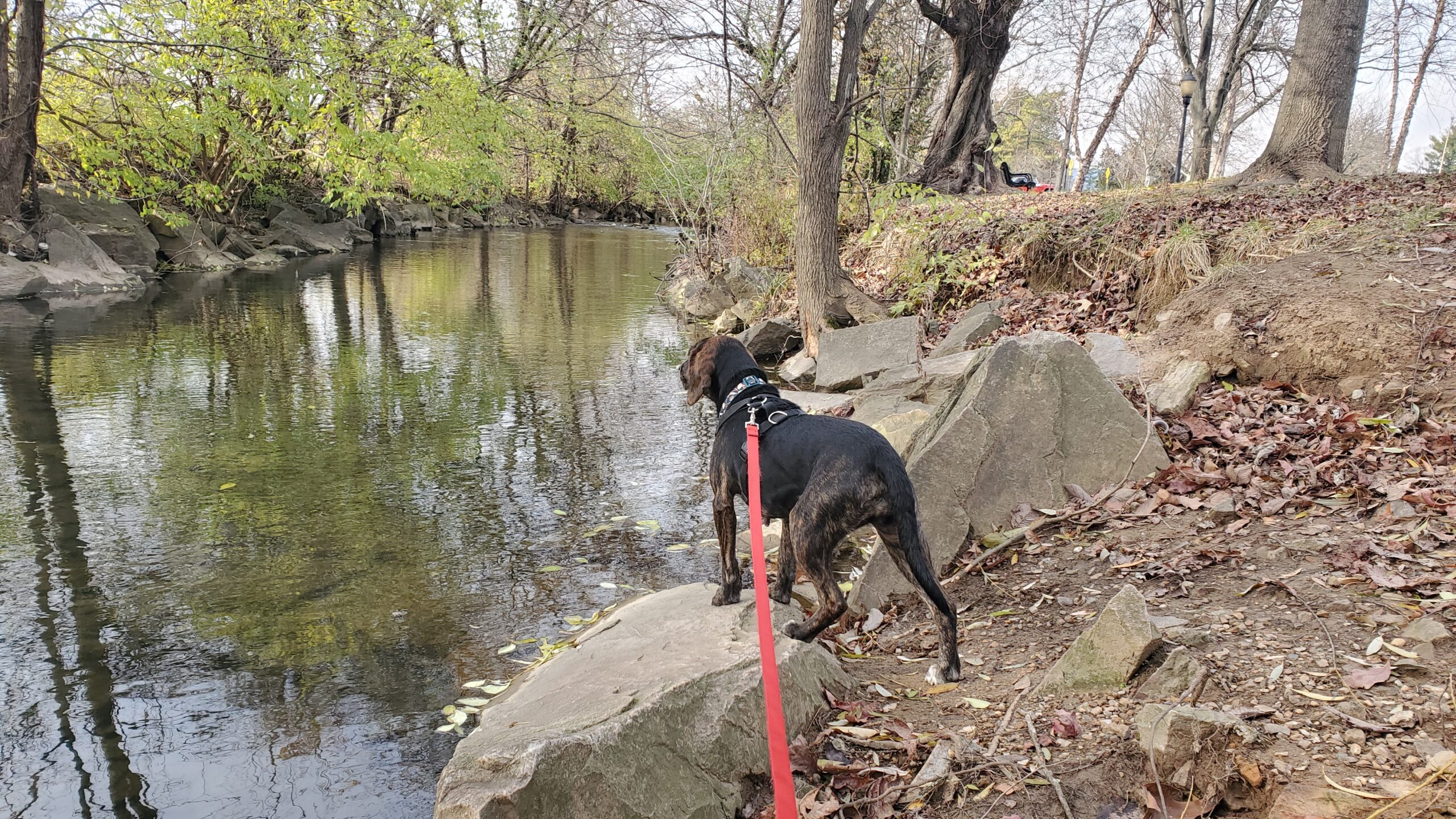
With a dog, four walks a day were mandatory. My apartment complex was next to a park – yes, it really was the perfect location, I miss it a lot. We’d explore and I’d listen for birds, which I have some passing knowledge of, but I found out they had apps for identifying birds and would use them on walks. I figured out that there were apps for identifying plants as well. I knew a thing or two about birds but absolutely nothing about plant life.
One day I was making one of the long series of treks to and from my hometown, where I’d run errands for my mom and then head back to my apartment. Driving down an exit surrounded by woods, I stared up and thought, “I wish I could identify trees. How do you learn about that?”
I googled when I got home and discovered the Master Naturalist program administered by University of Maryland Extension.
I hope I’m painting a picture, here. I hope you’re by now getting the sense of how one thing led to another.
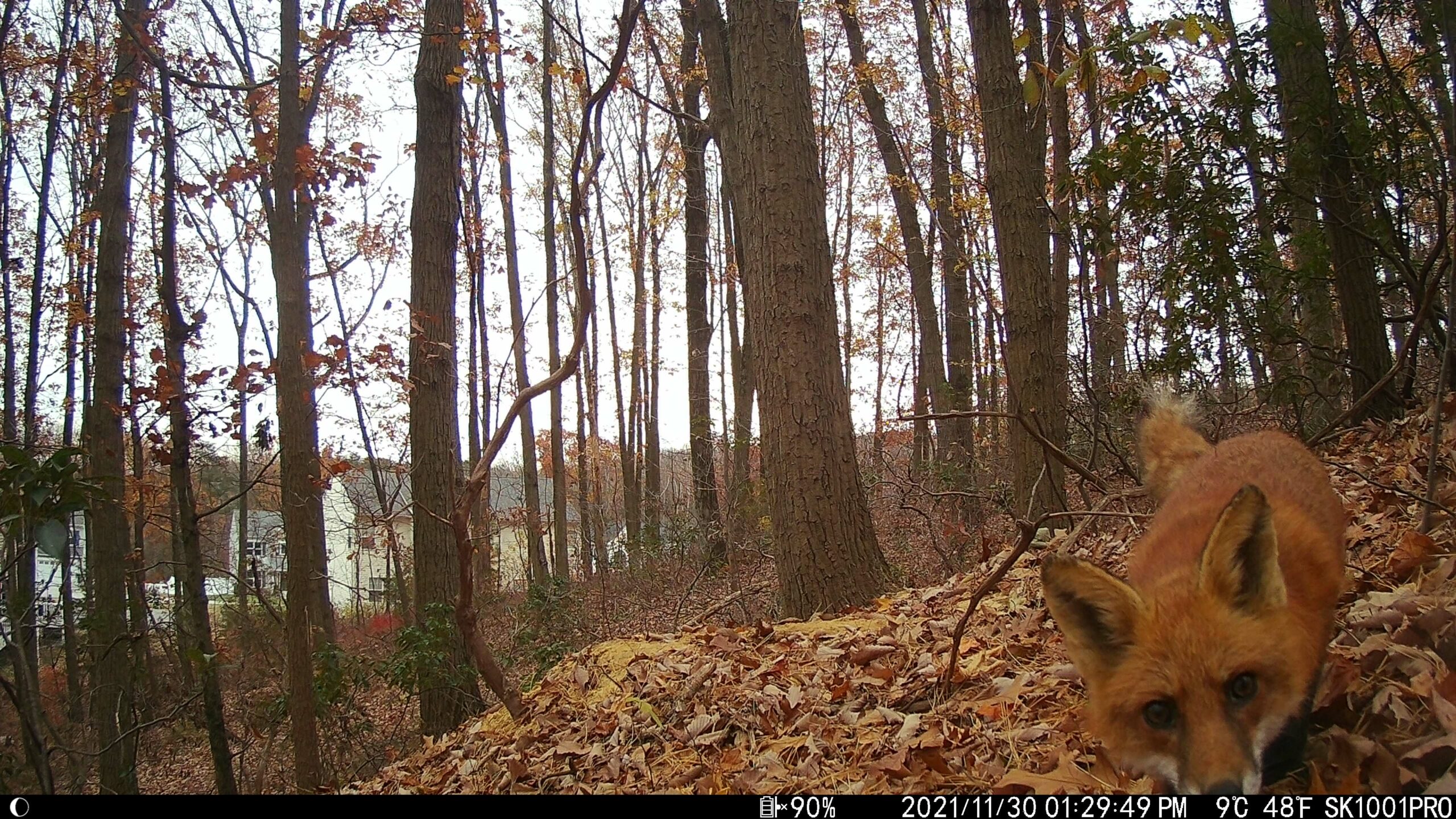
The Circle of Life
Within about a year, I found myself very curious about permaculture. I was watching documentaries like The Big Little Farm and Fantastic Fungi. I was talking more with the CSA farmer about her operation. Thanks to friends like Mel Gillman sharing their hobbies, I learned about foraging.
It helped, too, that I grew up in a woodsy environment, back when my hometown was still fairly rural in character. My grandparents had once been farmers. My mother talked grudgingly of the summers spent running the family produce stand. She was glad to join suburbia as an adult and leave farm life behind.
Then she and my father built a house back on the family property, surrounded by woods and wildlife.
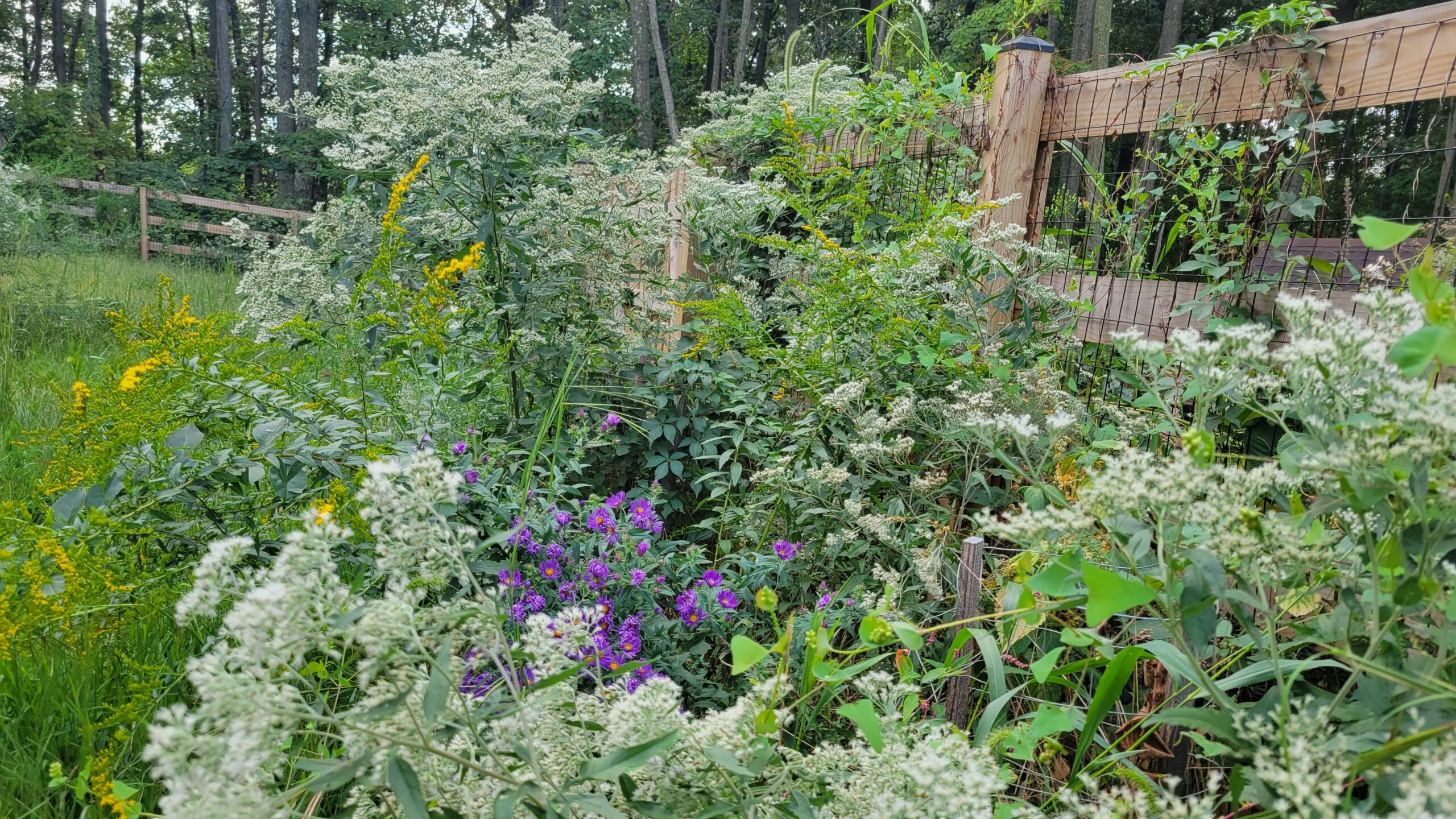
The itch was already there. It had come out in quiet ways over the years, like in my picture book, How to Find a Fox. I knew, deep down, that I was yearning to go back to the small rural towns that raised me, but I thought that would come in retirement. I wasn’t ready to make that call in the middle of my career.
Now though, I was surrounded by farms and parks and DIY channels on YouTube. What fascinated me about permaculture was the cycle of life. I loved the idea of how gardening and raising animals could work together. Chickens and ducks that disrupt earth and seek out pests. Sheep, geese, and cows that graze down grass. Goats and pigs that browse, eating shrubs and saplings. Animals that consume waste and their own waste in turn fertilizes and rejuvenates the soil. Dogs that herd and protect the flocks, guard against predators, and assist their humans. It was a living web where every thread strengthened the next. I wanted to see it in action for myself.
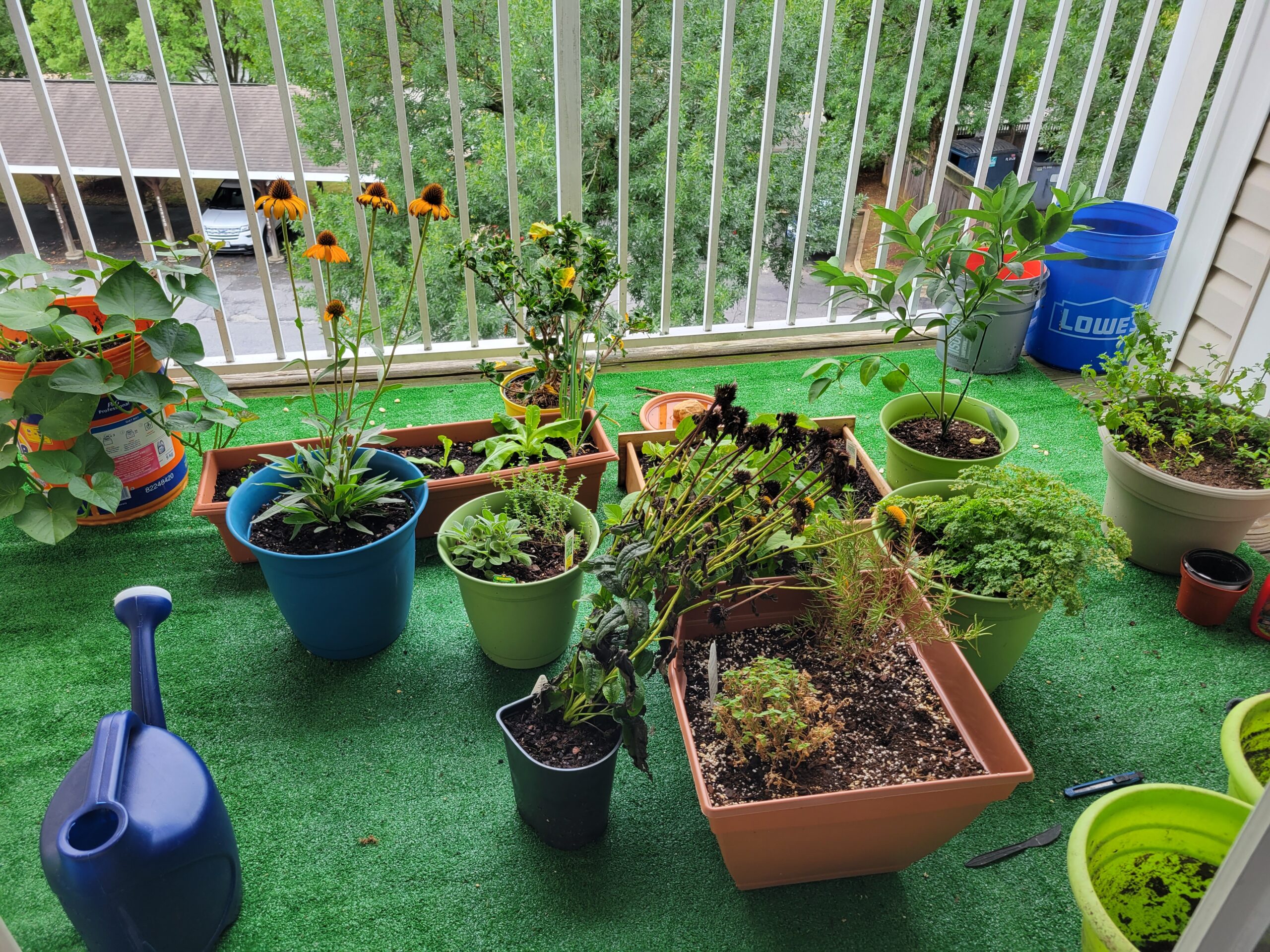
Of course, I lived in a fourth floor apartment, so all of this was still just a hobby, a possible future actuality I could stare at wistfully from a distance. I wasn’t yet sure how long I was going to stay in this apartment or where I wanted to live next. I had a loose plan that I’d stay for another year, maybe two, and figure out a plan in the meantime.
Then my mom called out of the blue and asked if I wanted to move back into the house. She wanted to move out, downsize. She just wasn’t up to managing an entire house anymore, and certainly not alone.
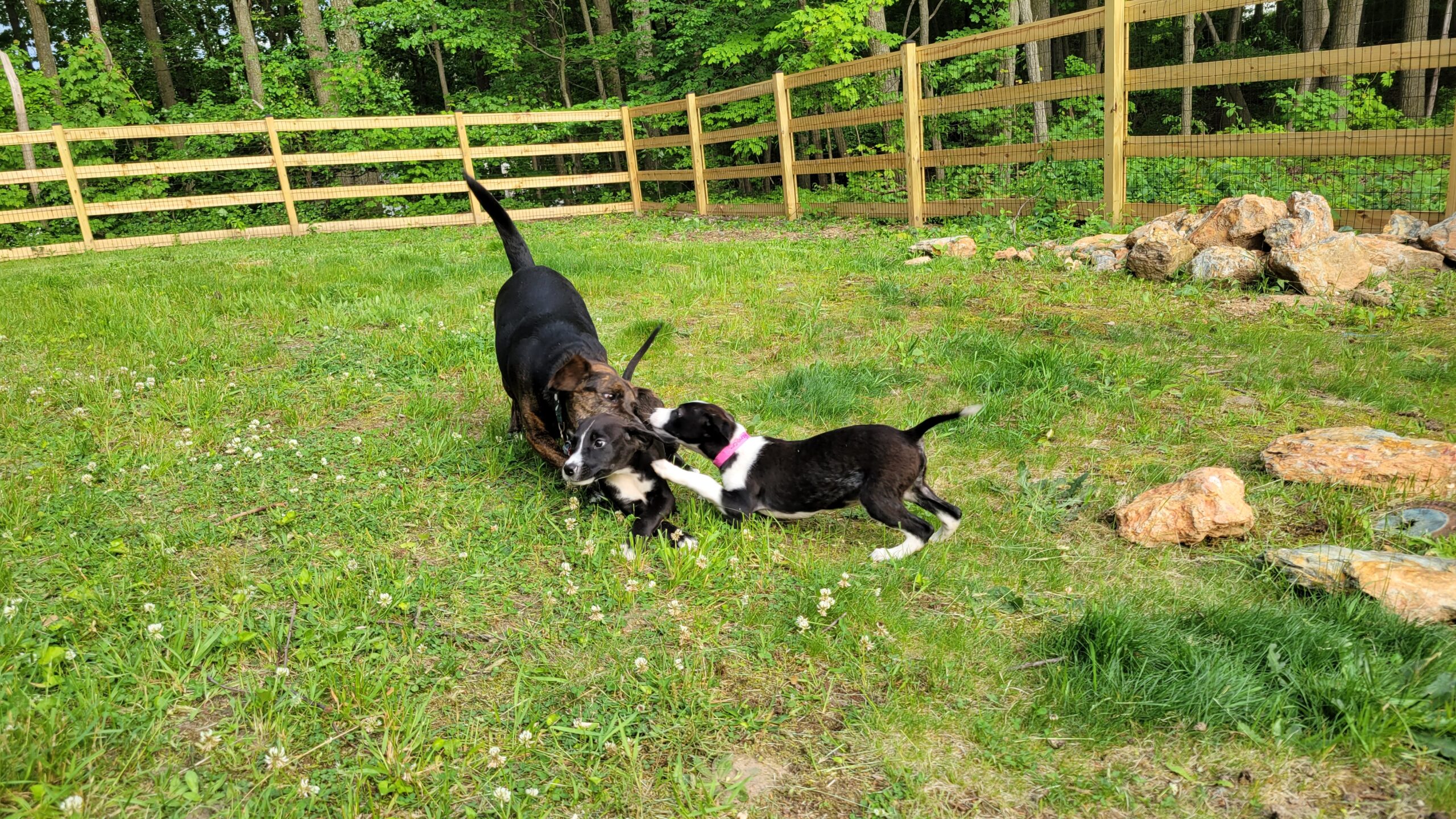
And that was that. After I agreed, there was really no choice but to realize how perfect our property would function as a homestead. I worked it all out fairly quickly. The biggest obstacle was that the property was heavily wooded, meaning there was a whole lot of shade and very little available space. Clear out a few trees and there would be space for some animals, and enough sunlight for gardening. There wasn’t any pasture for grazing animals, but it could certainly sustain a modest flock of birds (chickens, ducks, geese, and turkeys were all on the table).
But locals who come up to the property for this reason or that always ask the same question: “where are the goats?” The woods with their thick barriers of brush, vines, and thorns are ideally suited for goats, despite the fact that this is the one animal anyone with relevant experience will warn you against. Not only are they escape artists, but like most prey animals, they have an unparalleled talent for dying. Unfortunately for me, I have always found them charming (tune into my new show, The Goat Whisperer, Wednesdays at 8 pm EST).
And Now…
Sometimes, looking back, I think I leaned into the changes a little too fast. There were some decisions I made in the first year that could have waited. Of course, there were some decisions I planned to wait on that became unexpected emergencies. Some things could have waited, but I also feel better that they’re taken care of and off the long list of future expenses.
And now we’re here. A big, cozy house. A vegetable garden. Down a cat and a turtle. Up two cats and two dogs. Also up six chickens. Plus never-ending outdoor entertainment from wild neighbors.
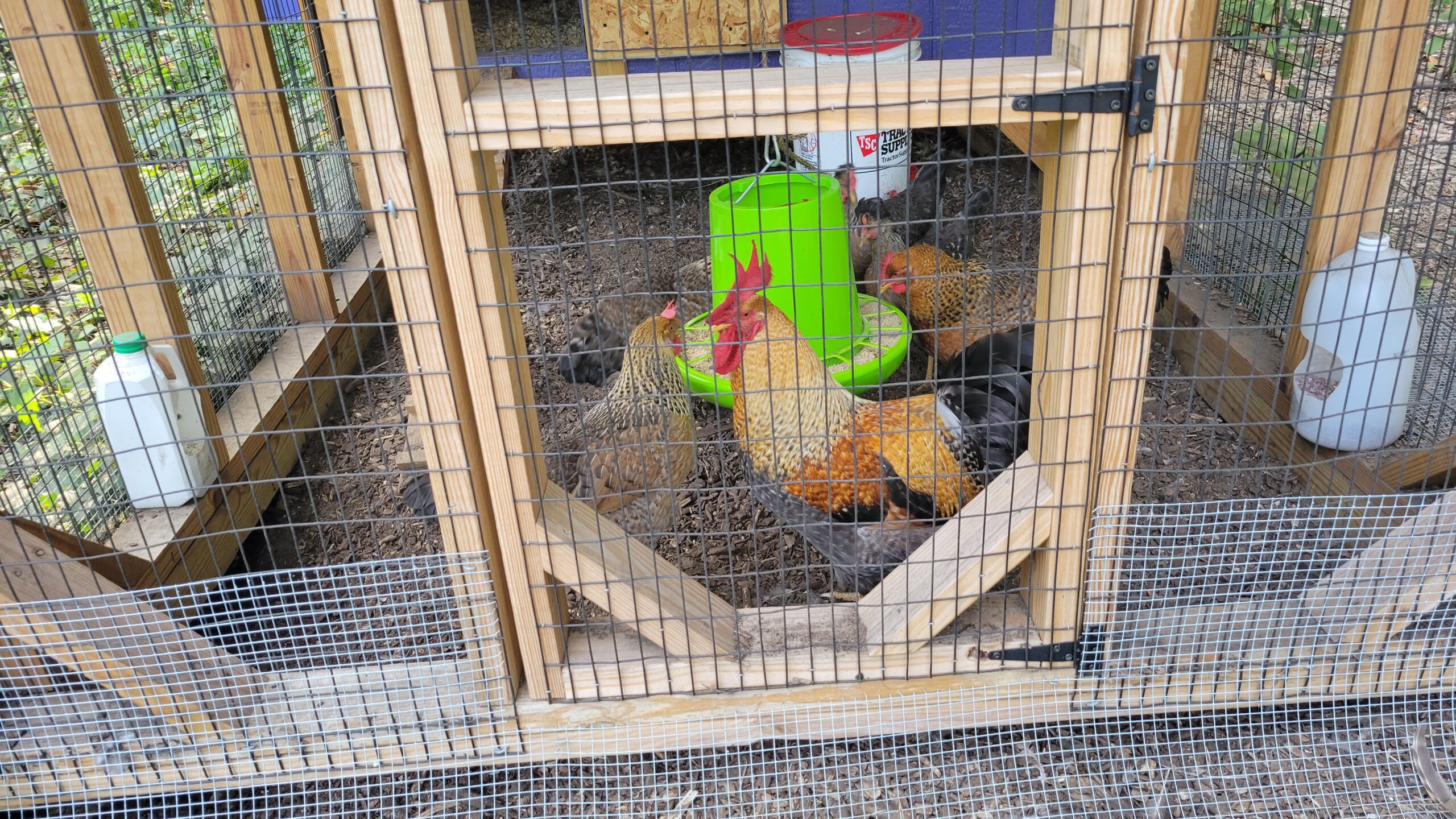
Also a mortgage. Poorly managed woodland. Hostile human neighbors. A failing septic system. An old house where everything should have been replaced fifteen years ago.
I honestly never thought I’d come back here, but I always loved this house. It’s in a great location. It’s got good bones. It’s a little old-fashioned, but it’s got character. I love the little track of woods we own, a small track in an area that is increasingly developed, all the natural spaces cleared out. It seems important for the family to maintain this place for as long as we can, for the wildlife that need a place where they don’t have to worry about lights and cars.
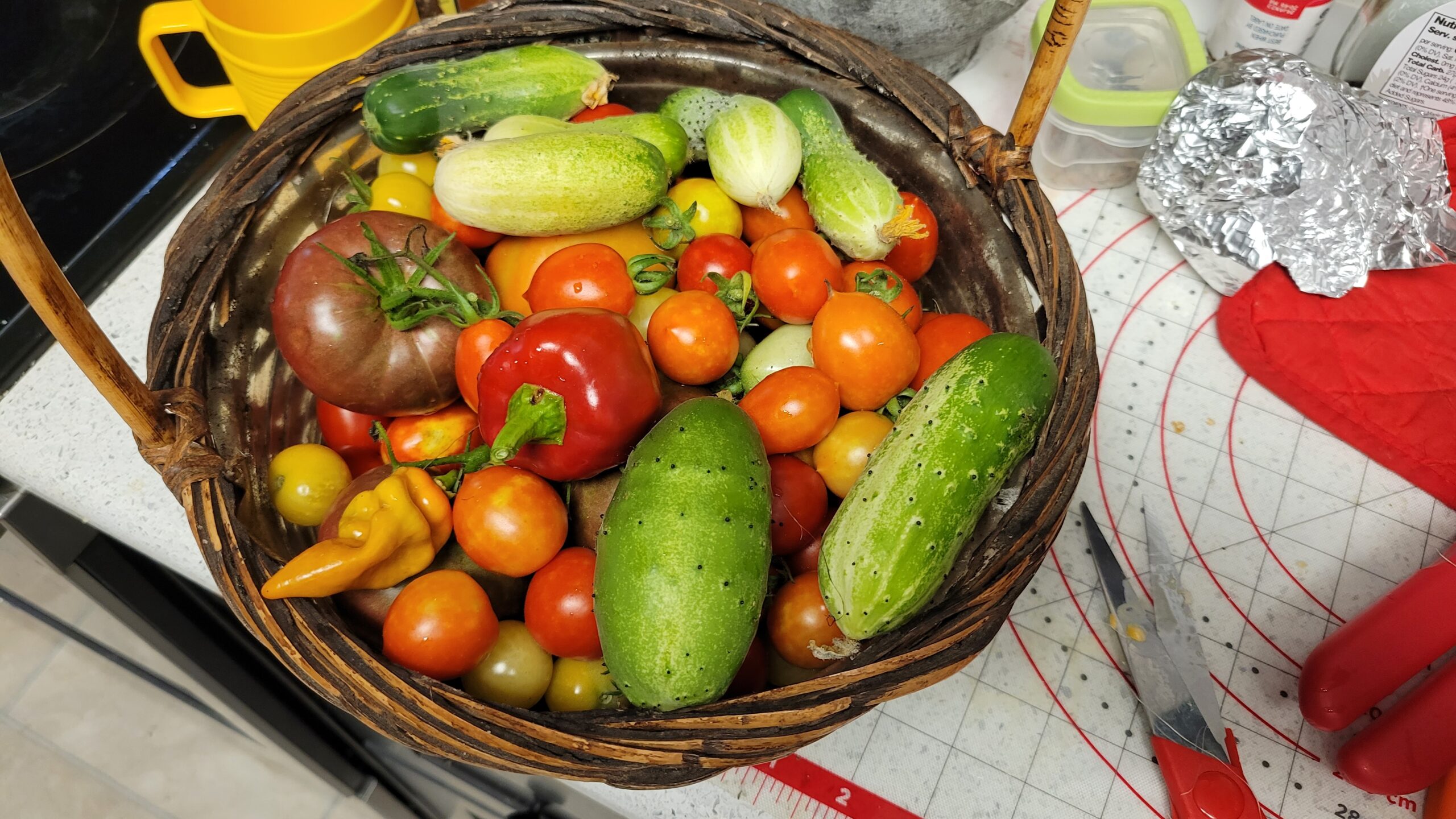
Oh, and by the way. Remember when I mentioned finding the UMD Extension’s Master Naturalist program? I applied and was rejected. I figured I just wasn’t a good candidate since I didn’t have a science background… then I decided to give the companion Master Gardener program a try instead. I got in. Maybe one day I’ll give the Master Naturalist program another go, but right now the Master Gardeners give me plenty to do.
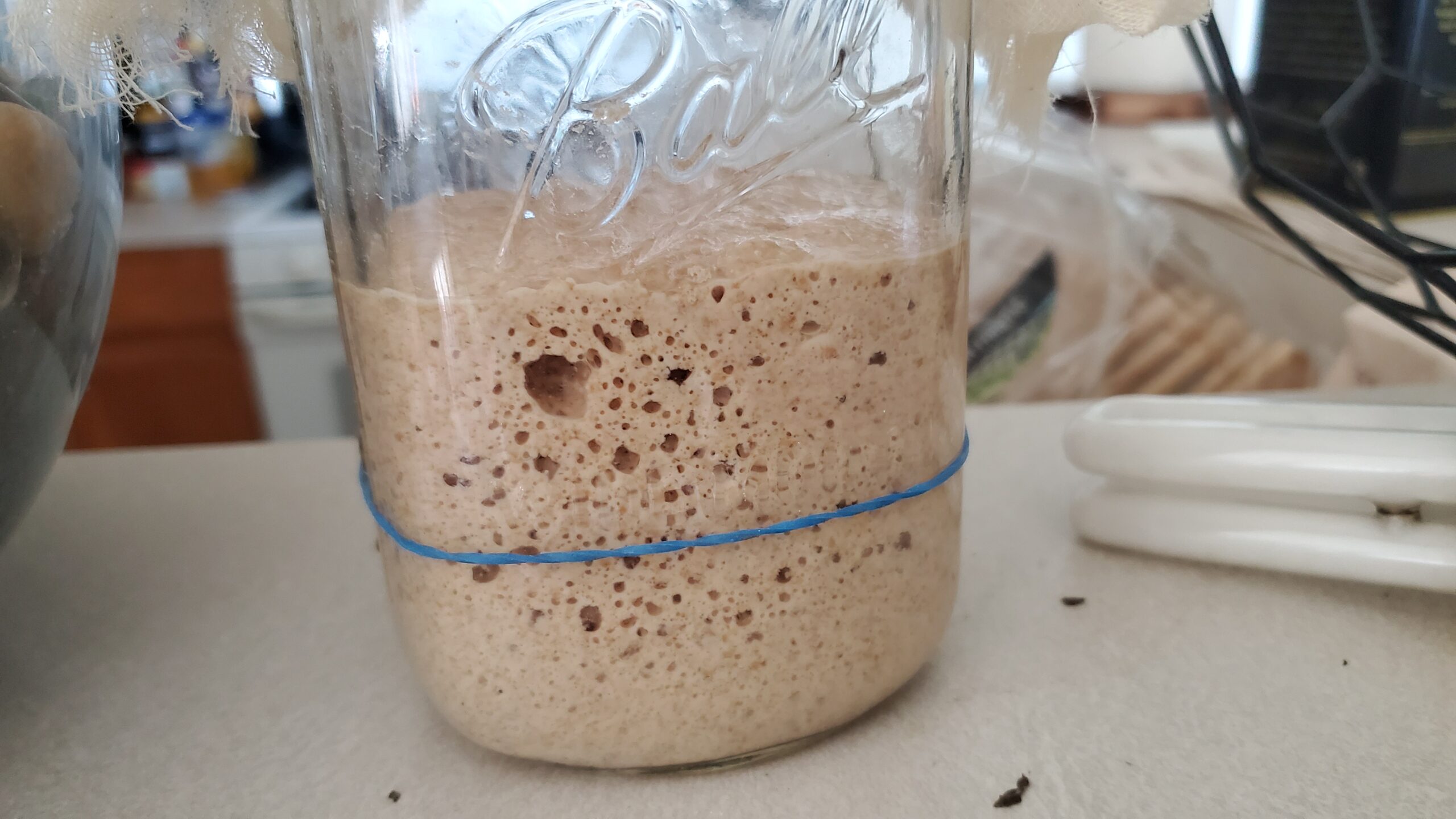
And. Okay, I did find my way to sourdough in the end. Listen, at one point I was hoarding thirty pounds of flour in my pantry and freezer. THIRTY POUNDS. You have to bake literally everything at that point.
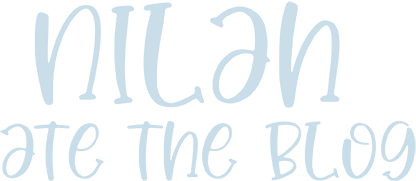
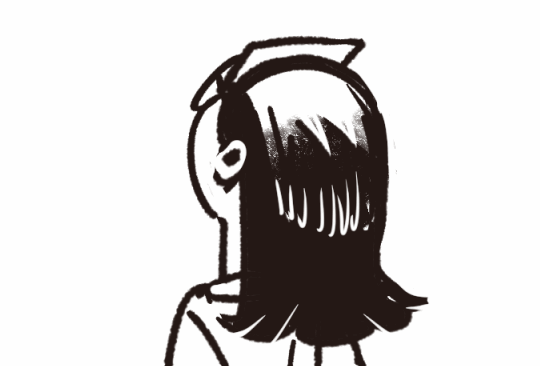
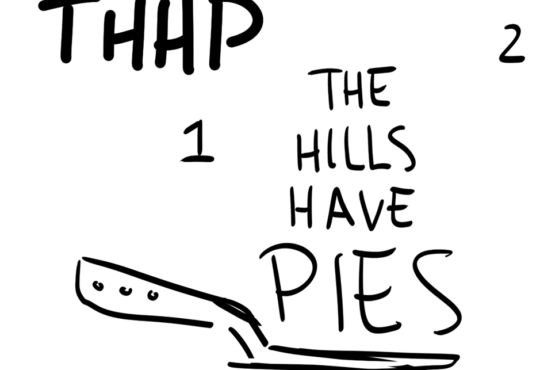
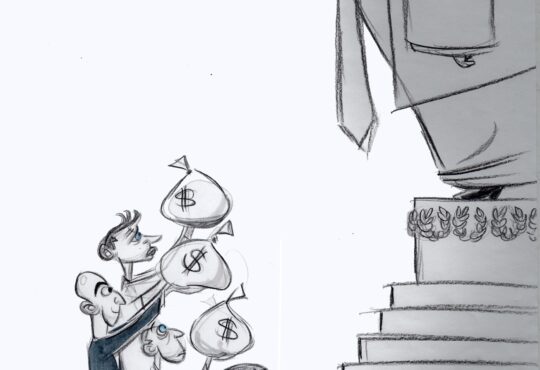
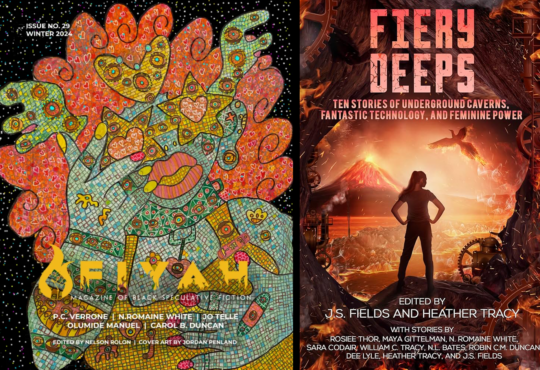
It looks like a little piece of heaven (if heaven had mortgages and a failing septic system).